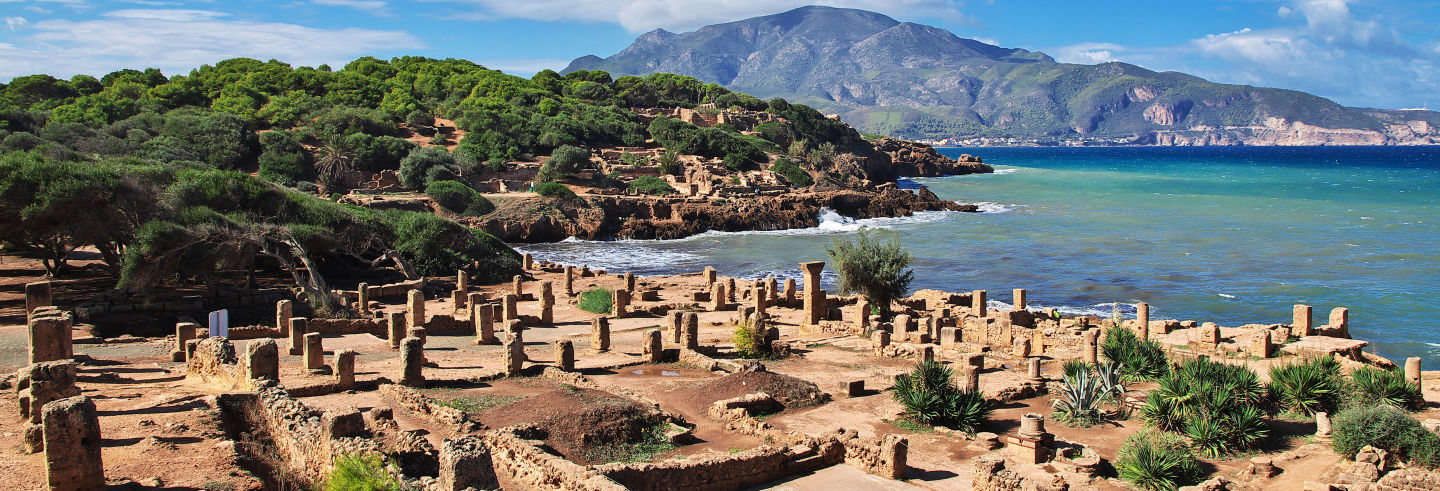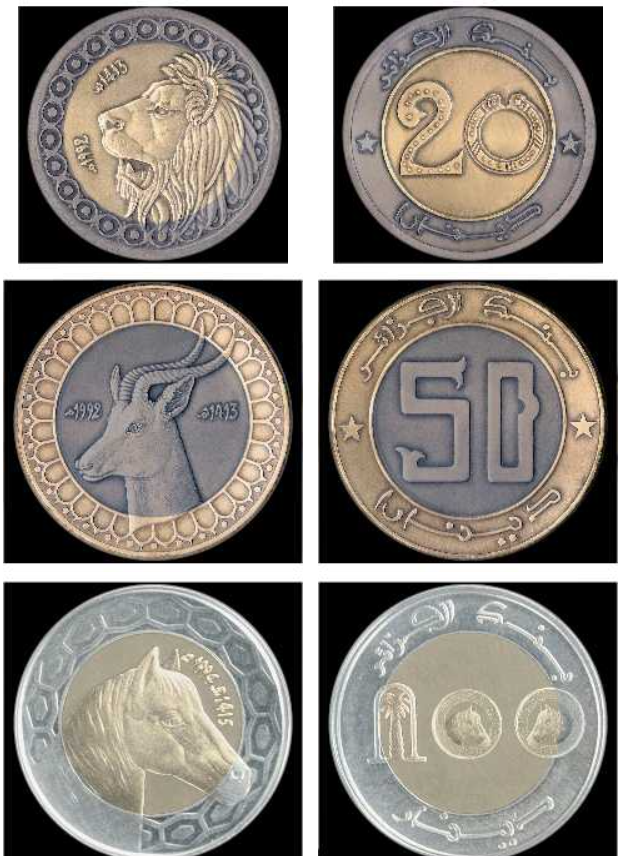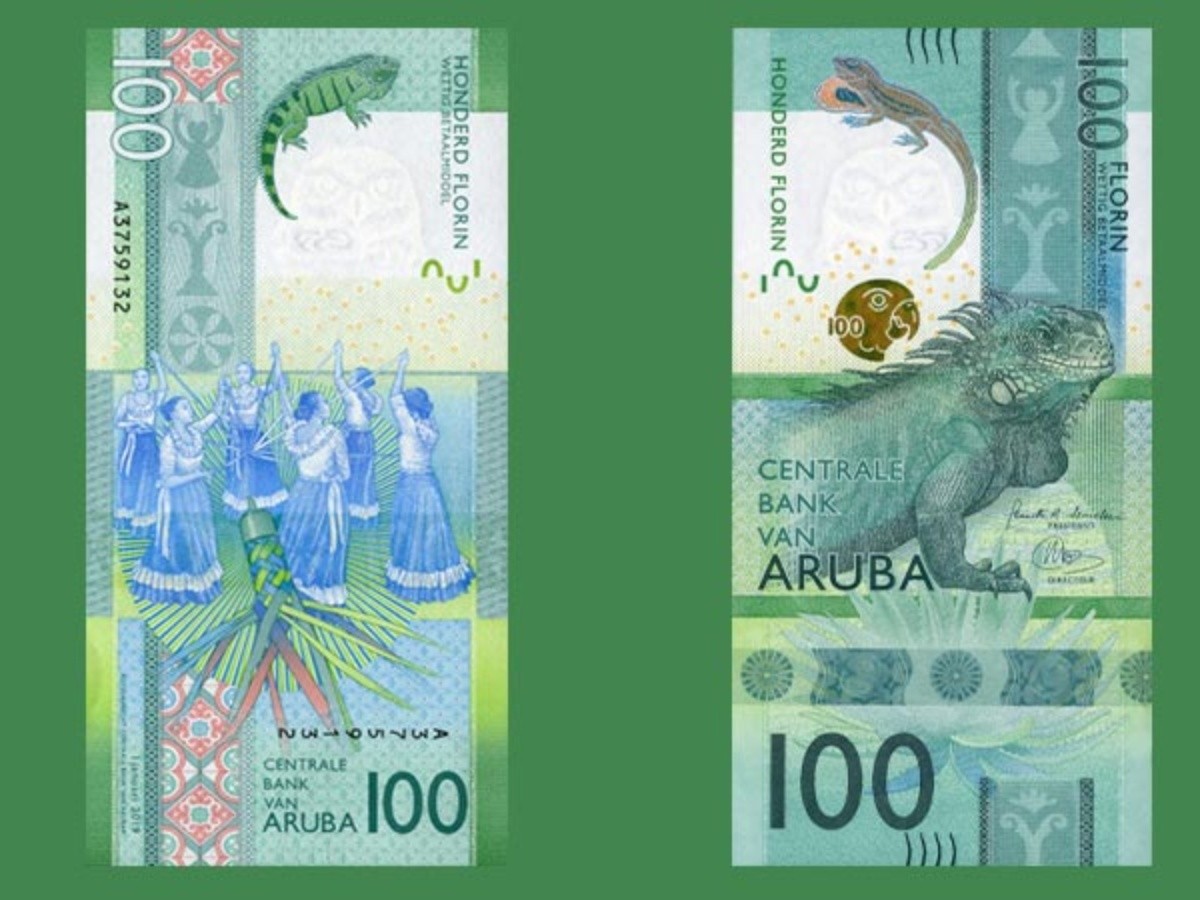The history behing the most valuable coin in the world: the gold coin Doubl
In this blog we usually talk about currencies or travels. But this week we are going to talk about a coin, in singular, since it is the only one in the world and therefor the most expensive coin in the world.

We are talking about the coin known as the Double Eagle from 1933 designed by Augustus Saint-Gaudens. In the 8 th of July 2021 this coin was optioned in Sotheby´s for the incredible amount of 18.872.250 dollars. The previous “most expensive” coin in the world was the “flowing hair” silver dollar from 1794/95 sold in 2013 for 10 million dollars.

The design of the Double Eagle is not just interesting but also beautiful. In on side the coin has the Liberty on a beautiful minted image, and on the other side the amazing eagle in flight is shown. The face value of this coin is 20$.
There is a big history behind this coin, not just historical facts but also laws that nowadays still active. The United States law stablishes that this is the only gold coin that can be “in circulation” and owned by a private party. That is why, even there are more known coins like this one, the one optioned is the only one in the world not owned by the American government.
.jpg)
The history of the Double Eagle its quite remarkable. This one the last gold coin ever minted by the US government, but the fact that Franklin D. Roosevelt executed a gold embargo to the American citizens, the coin never was in circulation. Most of the coins were molten and just a few survived.
.jpg)
This one in particular has been on some of the most exclusive collections up until now and its original price was just the face value, 20 $. The last sell was private so we may never know who paid those almost 19 million for it.
.jpg)
If you come across this coin im afraid we will not be able to buy it from you at
Eurochange, not just because of the value, but also because we only accept notes. But if you have any kind of dollar notes: new, old, damaged, special, exclusive, collectable, etc please bring them to us and we will provide you with an exchange rate in each particular case. And not just the dollars, at Eurochange we buy all kinds of notes from all over the world, so just walk up to one of our Money Agents and ask them about it, we will be more than happy to help you.




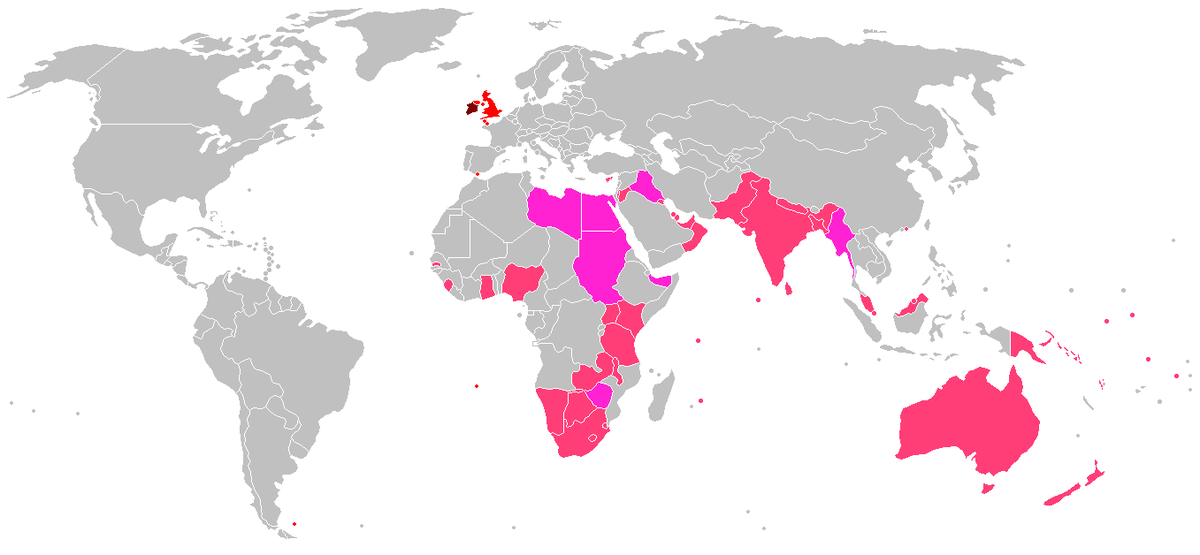
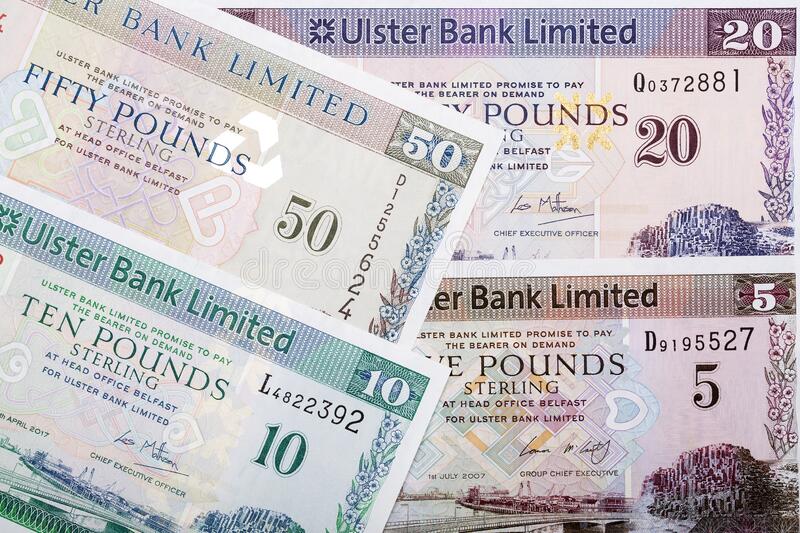






















.jpg)


.jpg)

.jpg)
